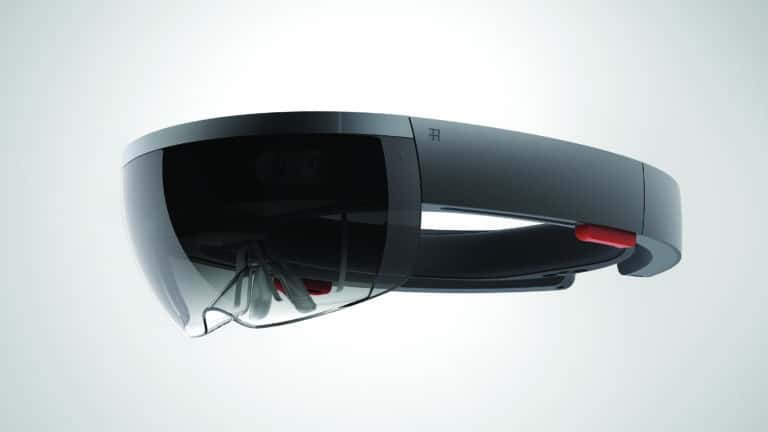
Data Point of the Week is ARtillry’s weekly dive into data from around the XR universe. Spanning usage and market-sizing data, it’s meant to draw insights for XR players, or would-be entrants. To see an indexed archive of data briefs and slide bank, subscribe to ARtillry Pro.
Those of us that are hungry for rare glimpses into XR hardware penetration got a gift last week. It’s evident that there are about 50,000 Microsoft Hololenses that have been sold to date (thanks Tom Emrich for the tip). The figure was revealed in a video (embedded below) and reported by MS Power User last week. .
The figure makes sense and aligns with our market-sizing data. Specifically, we pegged 2017 enterprise AR headset sales at around 110,000 units. That makes the overall installed base a bit more, likely around 150,000 units. If that figure is accurate, it stands to reason that the Hololens has roughly 33 percent market share.
This comes right after Hololens’ newest additions such as remote assist and space planning. These functions were already available from third parties like Scope AR, but Microsoft is clearly trying to boost Hololens demand. It’s the most capable AR headset given SLAM and positional tracking, but it’s also the most expensive at $3K.
Overall, 150,000 units isn’t a huge number but its a positive sign that adoption in the enterprise — Hololens’ forte — is happening. As examined in our enterprise XR report, there are clear ROI advantages for enterprise XR. But it will take a while for mass adoption, given organizational inertia. A tipping point could come sometime next year.
Panning back to the rest of the XR landscape, the Hololens news is joined by a few other tidbits that are similarly indicative of enterprise XR growth. Scope AR announced a few notable milestones including 3x year-over-year revenue growth in 2017. As mentioned above, Scope AR’s flagship Remote AR software operates on Hololens.
Meanwhile, Vuzix announced $1.5 million in Q1 revenue, a 28 percent year over year increase. Combined with Scope AR’s growth it’s not a holistic market figure, but certainly a directional indicator that the needle is moving on enterprise adoption. It will build slow then happen fast, just like we saw with enterprise smartphone adoption.
Support for this claim can be seen in Toshiba’s future IT landscape survey, which found that 82 percent of enterprises predict they’ll adopt AR glasses in the next three years. Of course actual execution is a different story, as enterprises themselves seem to be the biggest adoption barrier. But the aspirational sentiments are promising.
And while we’re talking about directional indicators, it should be noted that DigiLens raised $25 million last week. The company makes waveguide lenses for AR headsets. Thought it’s not a direct sign of enterprise adoption, it signals investor confidence in the sector — especially for “building block,” technologies which are a key piece.
For deeper XR data and intelligence, join ARtillry PRO and subscribe to the free ARtillry Weekly newsletter.
Disclosure: ARtillry has no financial stake in the companies mentioned in this post, nor received payment for its production. Disclosure and ethics policy can be seen here.
Header image credit: Microsoft
